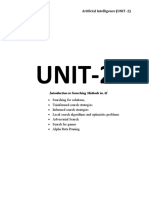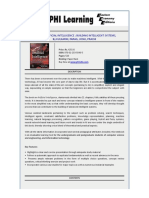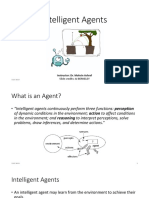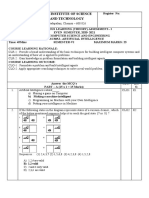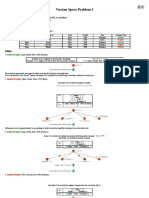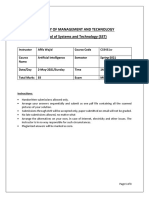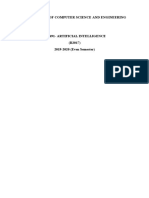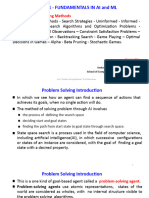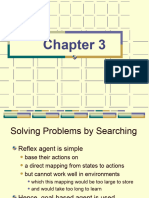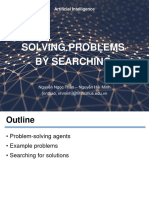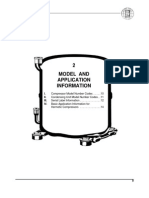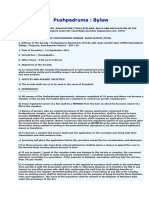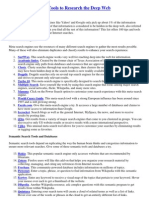0% found this document useful (0 votes)
396 views37 pagesProblem Formulation & Solving by Search
The document discusses problem formulation and solving problems through searching. It defines the PEAS framework for specifying task environments, using examples of an automated taxi driver and medical diagnosis system. Search problems are represented using a state space with nodes for states and arcs for actions. Generic search involves starting from an initial state, applying actions to find successor states, and searching for a goal state. Common search algorithms are uninformed, using only the problem definition. Well-defined problems specify the initial state, actions, successor function, goal test, and path cost.
Uploaded by
tauraiCopyright
© © All Rights Reserved
We take content rights seriously. If you suspect this is your content, claim it here.
Available Formats
Download as PPT, PDF, TXT or read online on Scribd
0% found this document useful (0 votes)
396 views37 pagesProblem Formulation & Solving by Search
The document discusses problem formulation and solving problems through searching. It defines the PEAS framework for specifying task environments, using examples of an automated taxi driver and medical diagnosis system. Search problems are represented using a state space with nodes for states and arcs for actions. Generic search involves starting from an initial state, applying actions to find successor states, and searching for a goal state. Common search algorithms are uninformed, using only the problem definition. Well-defined problems specify the initial state, actions, successor function, goal test, and path cost.
Uploaded by
tauraiCopyright
© © All Rights Reserved
We take content rights seriously. If you suspect this is your content, claim it here.
Available Formats
Download as PPT, PDF, TXT or read online on Scribd
/ 37






